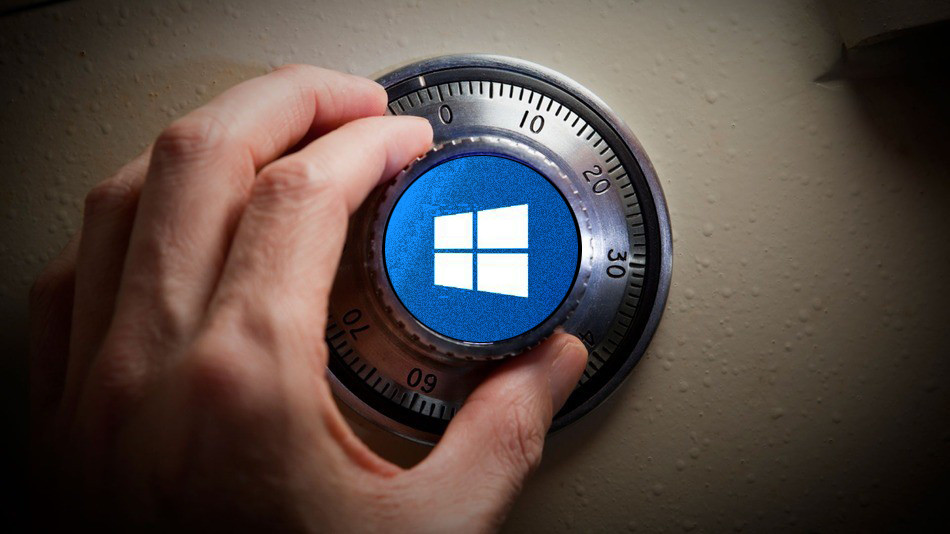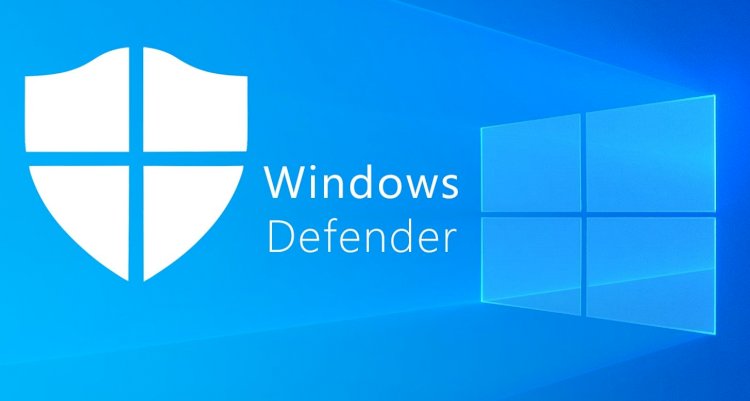
# The tamper_protection_enabled_keyword variable will store the keyword # block – tamper protection is on, tampering operations are blocked. # audit – tampering operations are logged, but not blocked.

# disabled – tamper protection is completely off. # There are three possible keywords that can be returned by this command: # in the tamper_protection_enabled_keyword variable. # The output of this command will then be checked against the value stored # /usr/local/bin/mdatp" health –field tamper_protection # status is checked by running the following command:

# If the mdatp is installed, Defender's Tamper protection's # Verify that the following tool is installed and executable: # by the script exiting before proceeding to the uninstall functions of # If tamper protection is turned on, a message will be displayed followed # Check to see if Microsoft Defender's tamper protection is enabled. Network_protection_enforcement_level : "disabled" Network_events_subsystem : "network_filter_extension"ĭevice_control_enforcement_level : "audit"Īutomatic_definition_update_enabled : trueĭefinitions_updated_minutes_ago : 27712166Įdr_configuration_version : "20.199999.main.2022.09.08.01-10dcd7fedfed0c7a1c3bbf153ba3c9b0d0f36239" Real_time_protection_subsystem : "endpoint_security_extension" Microsoft Defender tamper protection configuration settingsĬloud_automatic_sample_submission_consent : "safe"

To disable tamper protection, run the following command with root privileges:Įnabling Tamper Protection for Microsoft Defender The commands shown below allow tamper protection to be disabled completely, set to audit mode, or set to full tamper protection where Defender or its settings can’t be removed or changed. You can manage tamper protection via running commands via the command line, or via management profiles. Microsoft has documentation regarding Defender’s tamper protection for macOS, available via the link below:įor more details, please see below the jump.



 0 kommentar(er)
0 kommentar(er)
